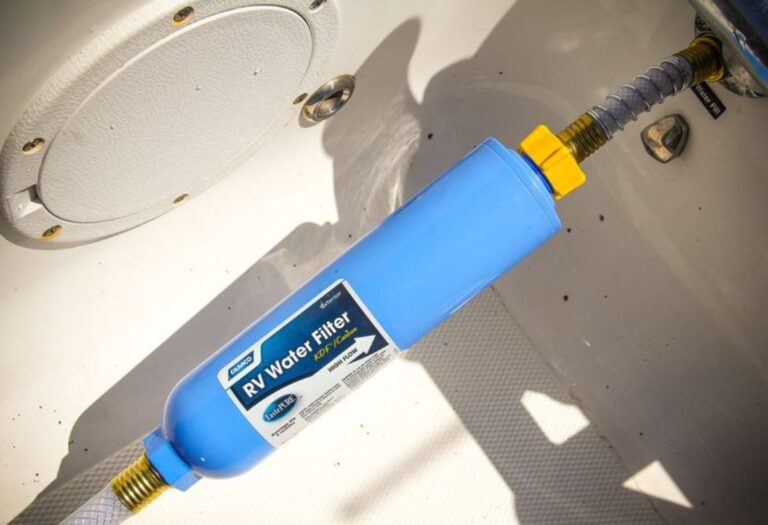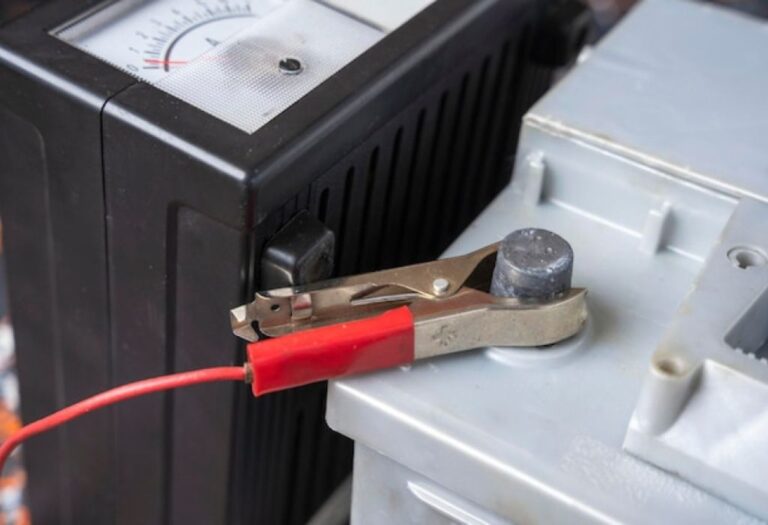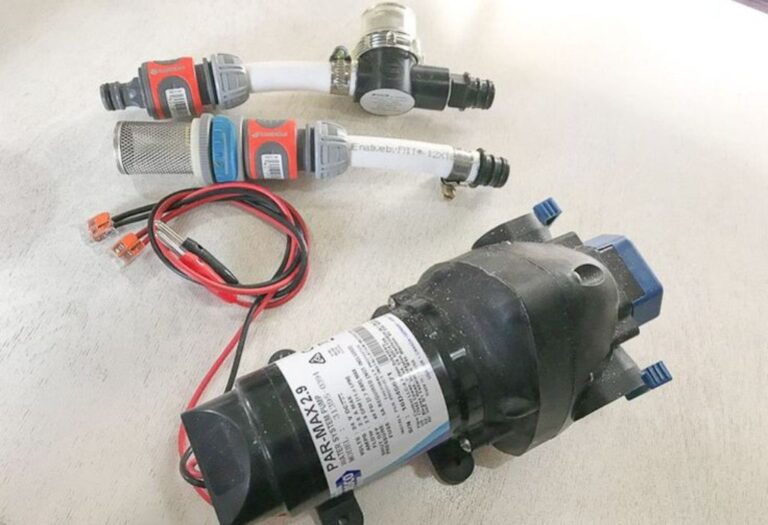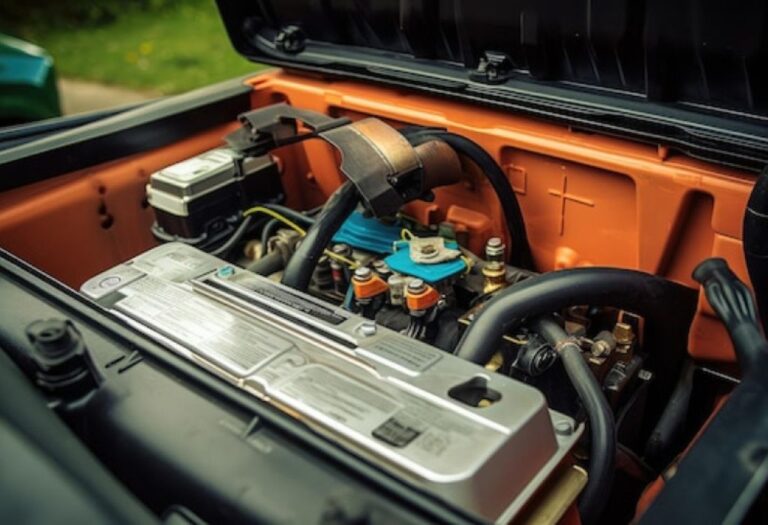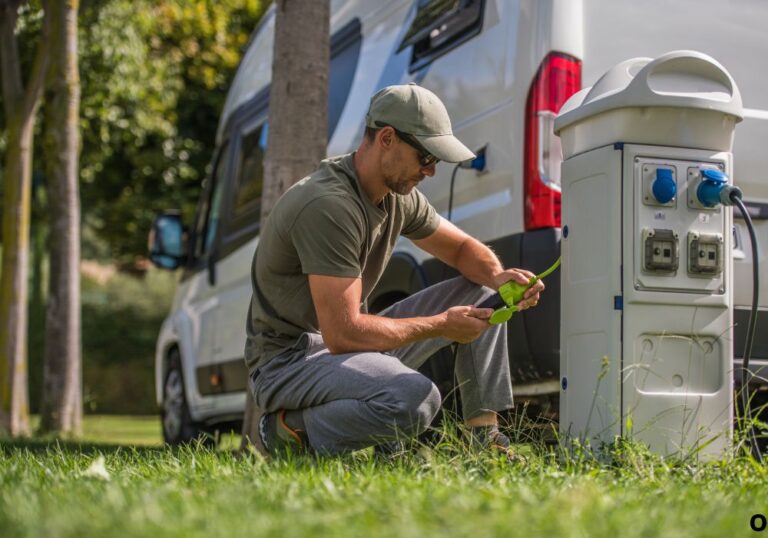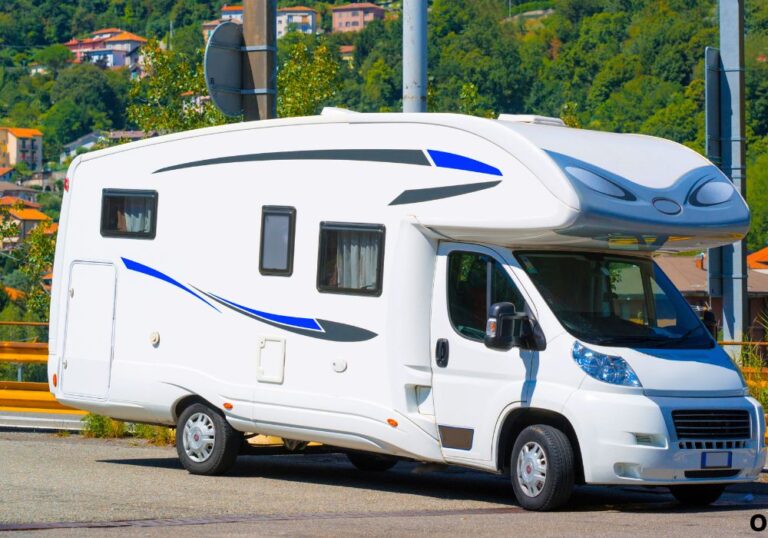Does RV Water Pump Run on Battery Power Only?
Traveling in an RV brings the excitement of freedom and exploration, but it also raises important questions about how key systems function off-grid.
One of the most common concerns is: does the RV water pump run on battery power?
Imagine setting up camp in the middle of nowhere, relying on stored fresh water for cooking, showers, and cleaning.
The water pump is the engine that makes this possible, pushing water from the onboard tank through faucets and showers. If it stops working, your adventure could turn stressful fast.
An RV water pump is usually a 12-volt DC device, designed to work directly with the RV’s house battery.
According to the RV Industry Association, over 80% of RV systems rely on 12V DC for pumps, lighting, and other essentials (RVIA).
This setup ensures that the pump works even when disconnected from shore power, making it a reliable companion for boondocking and dry camping.
But depending solely on battery power brings challenges. A weak or drained battery can cause inconsistent flow or a pump that runs but doesn’t deliver pressure
. That’s why it’s important to understand exactly how the pump works, how long it can run, and what steps to take if issues arise.
This guide will explain how an RV water pump operates, whether it always runs on battery, how long it lasts, common issues, and practical tips to maximize efficiency.
By the end, you’ll know how to keep water flowing smoothly no matter where the road takes you.
How an RV Water Pump Works
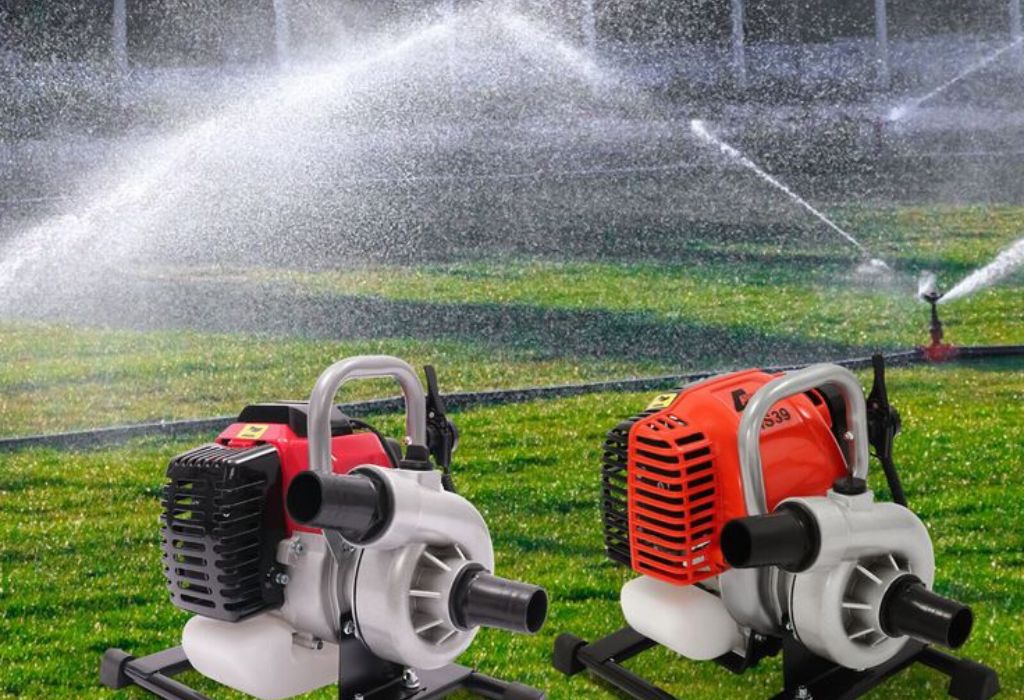
An RV water pump is the system that delivers pressurized water from the freshwater tank to your sinks, shower, and toilet. It is almost always a 12-volt pump, which makes it compatible with the RV’s battery system.
The pump switches on when you open a faucet, creating water demand. It then draws water from the tank, pressurizes the plumbing, and shuts off once the faucet is closed. This automatic cycling keeps water available without wasting energy.
Is the RV water pump always powered by 12V DC?
Yes. Most pumps are designed for 12V systems.
Does the pump run constantly?
No. It only activates when water is in use.
What happens when connected to shore power?
The converter charges the battery, and the pump continues running on the 12V system.
Can the pump run directly from a generator?
Indirectly. The generator charges the battery, which powers the pump.
Why won’t the pump start sometimes?
Low battery, blown fuse, or loose wiring are the usual culprits.
Does the RV Water Pump Run on Battery Only?
The RV water pump is primarily designed to run on the battery. Even when plugged into shore power, the pump still draws current from the 12V system, which is supplied by the battery and converter.
This design ensures that water delivery is always available, whether you are at a campsite with hookups or camping off-grid. The pump never runs directly on 120V AC; instead, it depends on the RV’s DC circuit.
Can the pump run without a battery installed?
No. Even with shore power, a 12V battery is required.
Will the pump run during boondocking?
Yes. As long as the battery has charge, the pump will work.
Does shore power bypass the battery?
No. It charges the battery while the pump still runs off 12V.
Can solar panels power the pump?
Indirectly. Solar panels charge the battery, which powers the pump.
Does the pump always need electricity?
Yes. Without battery or converter power, it won’t function.
How Long Can an RV Water Pump Run on Battery?
A typical RV water pump draws between 4–10 amps when operating. Since it doesn’t run constantly, actual usage time is spread out over days.
For example, a 100Ah deep-cycle battery could power the pump for many hours of continuous use. In real-world use, with normal faucet and shower demands, a single battery can support the pump for days before needing recharging.
Does the pump drain the battery quickly?
No. Its power draw is modest compared to larger appliances.
Is one battery enough?
Yes, one 12V battery is usually sufficient for typical pump usage.
How does usage affect runtime?
Frequent showers or heavy water demand reduce runtime.
Does adding batteries increase runtime?
Yes. A larger battery bank extends operating capacity.
Will solar keep the pump running longer?
Yes. Solar charging replenishes battery power for extended use.
Common Issues When Running a Pump on Battery
While reliable, RV water pumps can run into problems when depending on battery power. The most common issue is low voltage, which causes weak or pulsating water flow.
Other issues include blown fuses, clogged strainers, air in the water lines, or worn-out pump diaphragms. Many of these problems can be prevented through regular maintenance and battery care.
Why does the pump pulsate?
Usually because of low voltage or air in the lines.
What if the pump makes noise but no water flows?
The tank may be empty, or there could be a clogged strainer.
Why does the pump cycle on and off?
A small leak or bad check valve can cause this.
Does battery age affect the pump?
Yes. Old batteries provide inconsistent voltage, which affects pump performance.
How can you prevent issues?
Regularly check wiring, clean strainers, and maintain a charged battery.
Tips to Extend Battery Life When Using the Pump
Maximizing battery life ensures reliable water access while camping. Conserving water and power helps prevent unnecessary strain on the system.
Simple practices like turning off the pump when not in use, checking for leaks, and reducing shower time help. Adding solar panels or upgrading to lithium batteries also extends capacity.
Should you switch off the pump at night?
Yes, to prevent unnecessary cycling and save battery power.
Does fixing leaks save energy?
Absolutely. Leaks make the pump cycle more often.
Can upgrading batteries help?
Yes. Lithium or larger capacity batteries provide more consistent power.
Is it smart to install solar?
Yes. Solar helps recharge the battery daily.
Does water conservation matter?
Yes. Less water use means the pump runs less often, saving energy.
Maintaining Your RV Water Pump
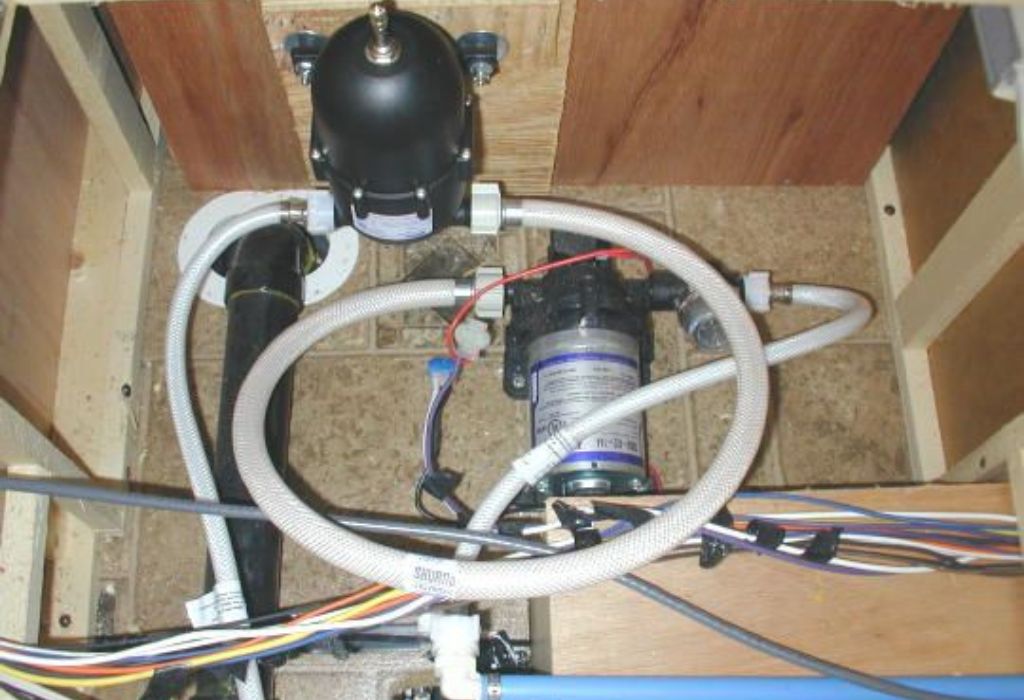
Proper maintenance keeps the pump efficient and reliable. Clean the filter regularly to prevent blockages, and flush the water system to avoid buildup.
Check for cracks in hoses, worn seals, or loose wiring. Always winterize the pump before freezing temperatures to prevent costly damage.
How often should you clean the filter?
At least once per season, or more with heavy use.
Do pumps need lubrication?
No. They are sealed units and self-lubricating.
What if the pump leaks?
Inspect seals and replace damaged parts.
Can freezing damage the pump?
Yes. Always winterize before cold weather.
How long does a pump last?
With proper care, 5–10 years is typical.
Safety Considerations
Working with 12V electrical systems requires caution. Always disconnect the battery before performing pump maintenance.
When drilling holes for plumbing or routing wires, double-check for hidden pipes and cables. Protect wiring from moisture and corrosion.
Is the pump safe to run dry?
No. Running dry can overheat and damage it.
Should you fuse the pump circuit?
Yes. Always use a properly rated fuse to prevent overload.
Can water leaks cause electrical issues?
Yes. Water near wiring can short circuits.
Do pumps overheat easily?
Not usually, but running dry or with clogged lines can cause overheating.
Is DIY pump replacement safe?
Yes, with care. Follow manufacturer instructions and disconnect power first.
Conclusion
So, does the RV water pump run on battery? The answer is yes—it is designed to operate on the RV’s 12-volt battery system. Whether plugged into shore power, charging from solar, or running off a generator, the pump always relies on 12V DC to keep water flowing.
By understanding how it works, how long it lasts, and how to troubleshoot common issues, you can ensure a steady water supply no matter where you travel. Proper maintenance, battery care, and smart upgrades will keep your RV adventures comfortable and worry-free.
I’m David R. Coleman, the founder, lead writer, and lifelong tool enthusiast behind GarageToolPro.com. With years of experience in automotive repair, woodworking, and home DIY projects, I created this platform to share practical tips, detailed tool reviews, and step-by-step guides that help mechanics, hobbyists, and homeowners get the job done right the first time.

